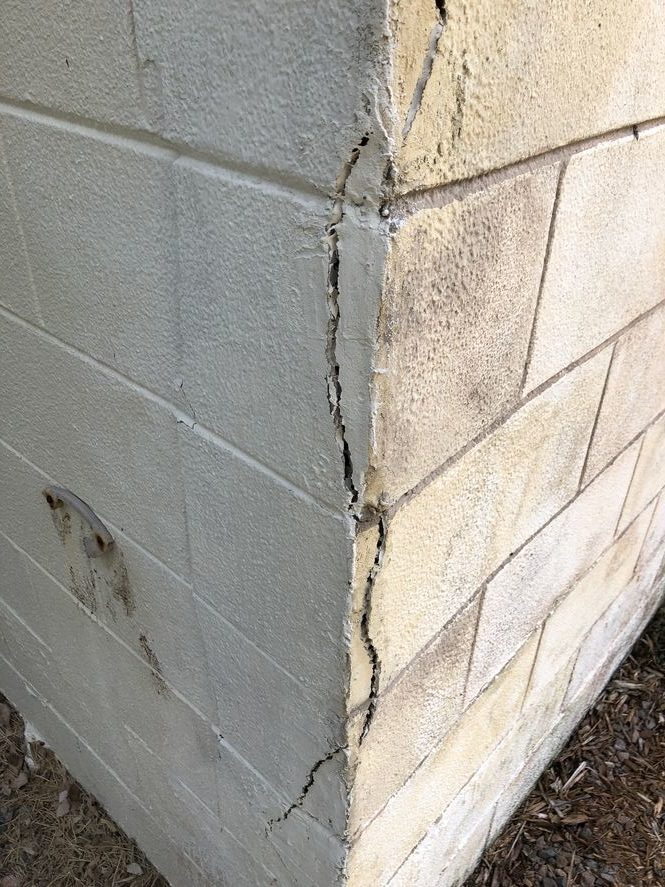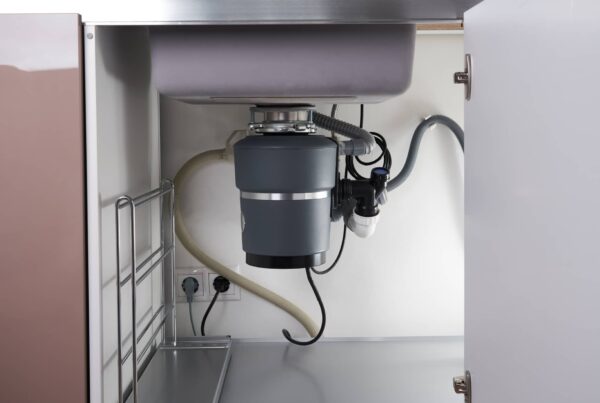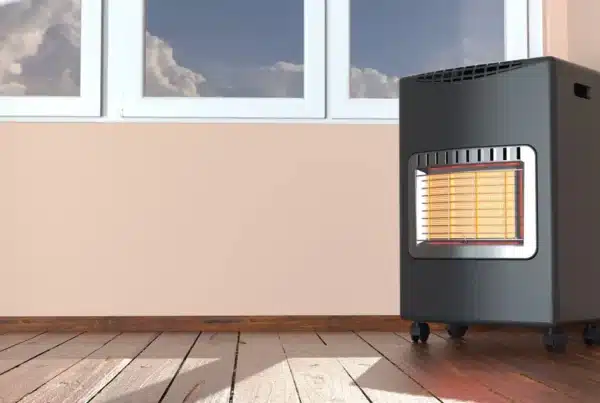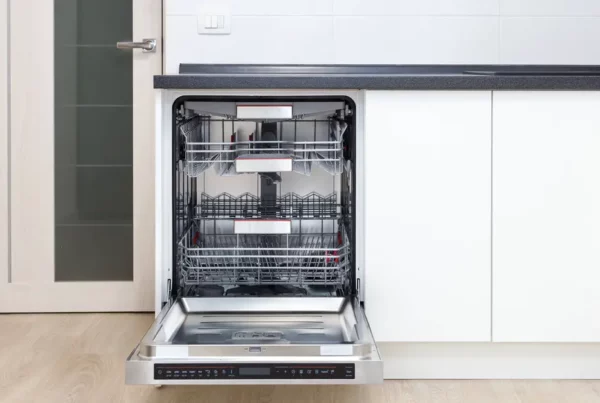
If you are purchasing a home, or you already have one, seeing stucco cracks can make you nervous. We can begin to ask ourselves, should I repair the stucco cracks? Should I hire someone to repair them? Or, is this normal and nothing to worry about?
Let’s talk about when you should be concerned about stucco cracks and when/how to repair them.
What Is Stucco?
To understand when you should be concerned about stucco and how to repair it, we should first know what stucco is.
Stucco is a cement-based siding that is made to texture/finish an exterior wall. So, it is commonly used as a cheaper exterior finish on homes. It can be textured in many ways to give many looks.
However, the keynote there, is that it is basically cement. And what does cement known for? Cracking. So, it’s no surprise that your stucco siding cracks… a lot. But, some cracks are worthy to be concerned about and others can just be left alone.
To find out when we should worry, we need to dive a just little bit deeper.
How Is Stucco Applied & How Does It Work?
If your home is concrete block, the stucco goes on wet and dries like regular concrete. If your home is wood-framed, there are a few extra steps that make a big difference.
You see, with a concrete block home, the stucco can easily adhere to the porous surface of your concrete blocks. But, with a wood-framed home, an underlayment is nailed to the wood framing. Then, a metal lathe, or metal netting, is then placed over the underlayment. The metal lathe is what adheres the stucco to your wood-framed home.
Why does this matter? Well, if stucco cracks on a concrete block home, water can enter through those cracks and the cement soaks up the water just like a driveway or sidewalk. Then, you have the potential for water intrusion in your home.
In the case of a wood-framed home, water can enter those cracks which rust the metal lathe, and when the metal rusts, it expands so it can pop stucco off your home. Not to mention, continuous water entry through stucco cracks can find its way through the underlayment and rot out a wood-framed home. If stucco is popping off your home, the stucco will need to be removed and replaced by a licensed professional.
Ultimately, with that understanding, you can see how stucco cracks can lead to further damage if not repaired. But, that still leaves the question… when should you be concerned and how do you repair the stucco?
When Should You Be Concerned & How To Repair Stucco Cracks
Different types of stucco cracking can tell you when you should be concerned. Compare your stucco cracks with the types of cracking noted below. Then, find out how to repair them further below.
Types of Stucco Cracks
Hairline Cracks – Typical stucco cracks that require normal maintenance are hairline cracks less than 1/8 of an inch. These cracks can be stair-stepping on concrete block homes and that’s completely fine.
Spider Cracking – If you see a spider web-like cracking, this is typically from poor application and the there are numerous causes.
Pattern Cracking – If you see cracks that resemble a pattern, especially on a wood-framed home, it might Indicate poor application of the metal lathe we talked about above.
Diagonal Cracking – If you see diagonal cracking (not to be confused with stair-stepping noted above), it could be from structural settlement/shifting. These cracks typically are larger than 1/8 of an inch. Additionally, signs of structural settlement can be seen on opposite sides of the wall or through changes in the slope of your home.

How To Repair Stucco Cracks
Hairline Cracks
These can easily be addressed by a homeowner. Every year or two, you should do this anyway for regular home maintenance. The first step should be to clean the area. Use a brush to remove the dirt/algae. Then use an Elastomeric caulking to fill the stucco crack. An Elastomeric caulking will allow the area to expand/contract easily with temperature changes without further cracks developing. Once the caulk is dry, paint the area to match your home.
Here’s a great video for more information.
Spider Cracking
With spider cracking, you may try to take this on yourself, by following the steps above with hairline cracks. However, at some point, the area may need to be evaluated and repaired by a licensed contractor. If the cracks are larger than an 1/8 of an inch or continuously occur, you may want to have it repaired before further cracking or water intrusion/rotting develops.
Pattern Cracking
Pattern cracking is more difficult to solve on your own. If the area is small, you could try to repair the area yourself. However, over time, the area may continue to worsen and a professional may be needed.
Diagonal Cracking
If you are experiencing diagonal cracking, you may not only need a stucco repair by a licensed contractor but also an engineer to evaluate the structural integrity of your home.
How To Prevent Stucco Cracks
Preventing stucco cracks in the first place will definitely relieve many headaches in the future. Believe it or not, the best way to prevent stucco cracks is by a professional application.
For homeowners, the best way to prevent stucco cracks is to ensure you are properly maintaining your home by clearing vegetation away from the home, painting the home when needed, and repairing your hairline cracks.
If you have a newer home by a large developer, be sure to paint your home within the first 2-5 years of moving in. These builder’s paint is lower quality and stucco application is usually poor as well.
Buying a Stucco Home
If you are buying a stucco home, be sure to hire a qualified home inspector. We see inexperienced home inspectors fail to properly identify stucco cracks time and time again. Call Waypoint Property Inspection to inspect your home in Tampa, St. Petersburg, Lakeland, Orlando, Palm Beach, Ft. Lauderdale, and surrounding areas.
The Bottom Line
Stucco is a cement-based siding that can easily crack that soaks in water and cause water intrusion. Repairing hairline stucco cracks is important for regular home maintenance. However, other types of stucco cracks may require professional repairs.
Be sure to hire a qualified home inspector or licensed contractor to evaluate your stucco home if needed. If you have additional questions, comment below!



